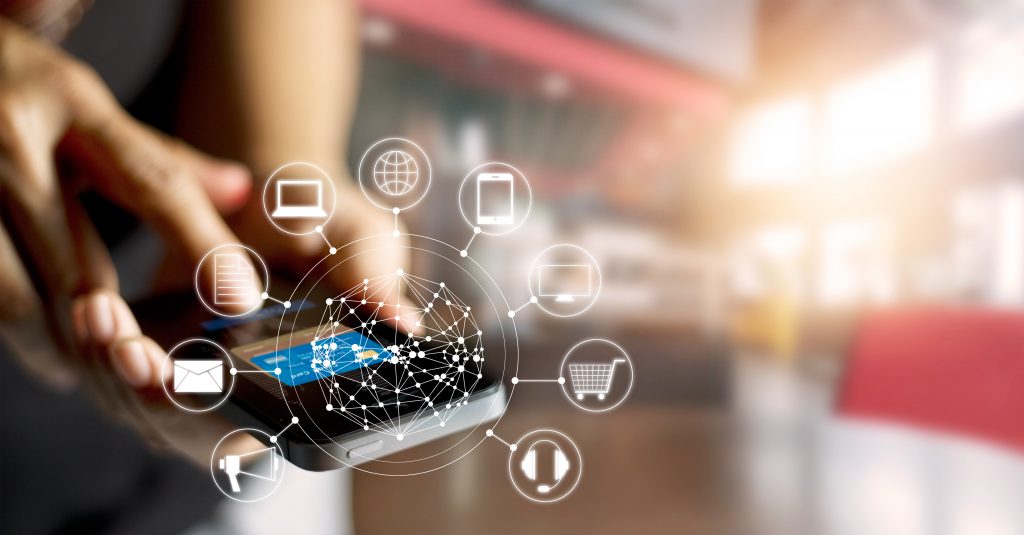 Smartphones are packed with the latest technology can offer, along with tools that we aren’t even aware of. Tech companies are constantly trying to improve on their designs, with the ultimate goal of integrating tech with lifestyle: a seamless world of both real and digital communication.
Smartphones are packed with the latest technology can offer, along with tools that we aren’t even aware of. Tech companies are constantly trying to improve on their designs, with the ultimate goal of integrating tech with lifestyle: a seamless world of both real and digital communication.
However, there’s a couple of things about our phones’ capabilities that even we might not be aware of. You may have seen these around—QR codes in the shop, NFC tags online, or RFIDs in your grocery. But what exactly do these do and how do they work?
Simply put, these are devices that allow your phone or any device to communicate with objects in real time. They’re at the forefront of pushing wireless communication that extends beyond tech and smartphones.
NFC
It’s important to get NFC out of the way first since it is the umbrella term that QR and RFID technology can sometimes fall under. NFC stands for Near Field Communication, which is part of something called the IoT (Internet of Things).
NFC technology is useful for putting small bits of digitized information on items. For example, you may see an NFC tag attached to your bag at the airport. Using your phone to scan it will automatically show you which terminal or baggage counter to deposit it to, as well as other pertinent details about your flight.
The reason they’re called NFC’s is that they only work within 4 inches of the tag and the reader. These tags have no power to broadcast, so think of them as signposts telling your device where to go or what to display.
RFIDs
On the other hand, RFIDs are a much more advanced system of NFCs. They’re called Radio Frequency Identification for a reason: they’re designed to identify themselves and the device that they’re using, allowing for a greater range of functions than your usual NFC tags.
RFIDs are also very common; they are in every new Metropass, Debit Card, or anything that is tap to pay. While some variants operate much like NFCs, the more common ones are those that can store information and have that information changed to the needs of the product, such as travel passes. More advanced versions have small batteries, allowing them to broadcast and receive.
QR
 A QR code is a more developed version of the usual barcode. Able to be read by most smartphones with the correct application, the “quick-response” code is ideal for short transmitted bursts of information that you need to release online.
A QR code is a more developed version of the usual barcode. Able to be read by most smartphones with the correct application, the “quick-response” code is ideal for short transmitted bursts of information that you need to release online.
QR codes are useful for those who don’t need all the electronic components RFID’s and NFC’s use. Able to be printed on almost any legible surface that can be scanned, QR codes hold more data than your usual barcodes and can be used in a wider variety of applications, such as directing to a micropayment site.
So, there you have it; a few surprising ways tech and the real world are starting to merge via the power of your smartphone. It’s not too far to imagine that the future will see these two being almost indistinguishable.

